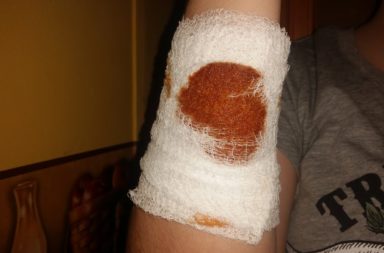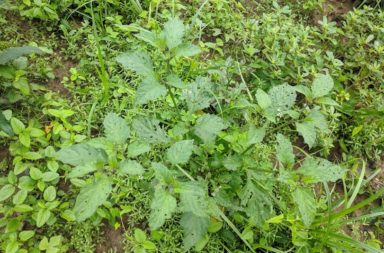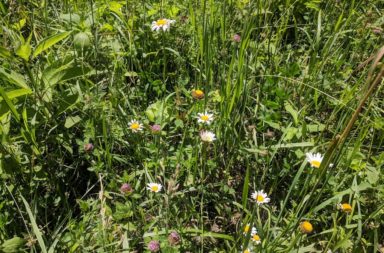If honeysuckle bushes are growing around your survival retreat, you have a nearly everlasting and free source of both natural medicine and food. Far too few folks think honeysuckle is merely a sweet smelling and pretty flower – it is so very much more than that, especially during a survival situation.
Honeysuckle vines are technically classified as an invasive vine, but I let it grow freely, allowing it to expand as much as it desires around our prepper retreat. Some varieties of honeysuckles bloom not only during the spring, but also in the fall – giving you two chances to harvest as many blossoms and leaves are you can to preserve for use in natural remedies.
Honeysuckle Benefits
This beautiful and invasive healing vine has been used as a natural medicine for centuries. While the FDA claims there is no evidence of the medicinal benefits of honeysuckle, those who regularly use it to treat and prevent a whole host of conditions, obviously believe otherwise.
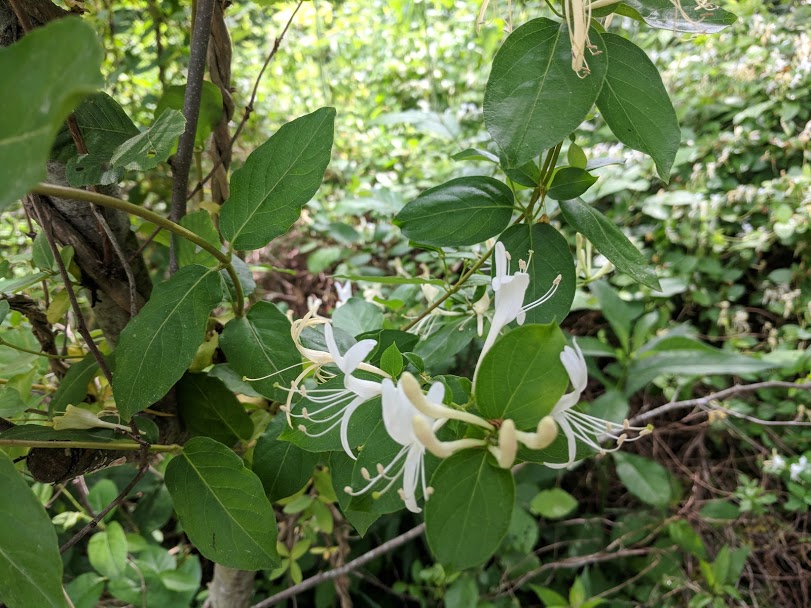
Top 20 Honeysuckle Medicinal Uses
- Nausea
- Common Cold Symptoms
- Headaches
- Joint Pain and Swelling
- Migraines
- Stomach Aches
- Flu Symptoms
- Digestive Disorders
- Toxin Cleanse
- Ulcers
- Arthritis
- Chest Congestion
- Reducing Fever
- Insect Bites and Stings
- Immune System Booster
- Skin Rashes and Dry Skin
- Skin Boils
- Diabetes
- Arthritis
- Urinary Disorders
Honeysuckle has also been used to help lower cholesterol levels and as a natural treatment alternative for some types of cancers.
Both a syrup and healing tea can be made from the wild plant to help combat staph infections, strep throat, chicken pox, salmonella poisoning, and to treat both tuberculosis and pneumonia symptoms
Honeysuckle Properties
This wild edible boasts antiviral and antibacterial properties.It contains salicylic acid, a natural alternative and predecessor of on of the most common over the counter medications…aspirin. Honeysuckle is comprised of magnesium, vitamin C, potassium, calcium, and is also rich source of Quercetin – an acid that is believed to help fight free radicals,
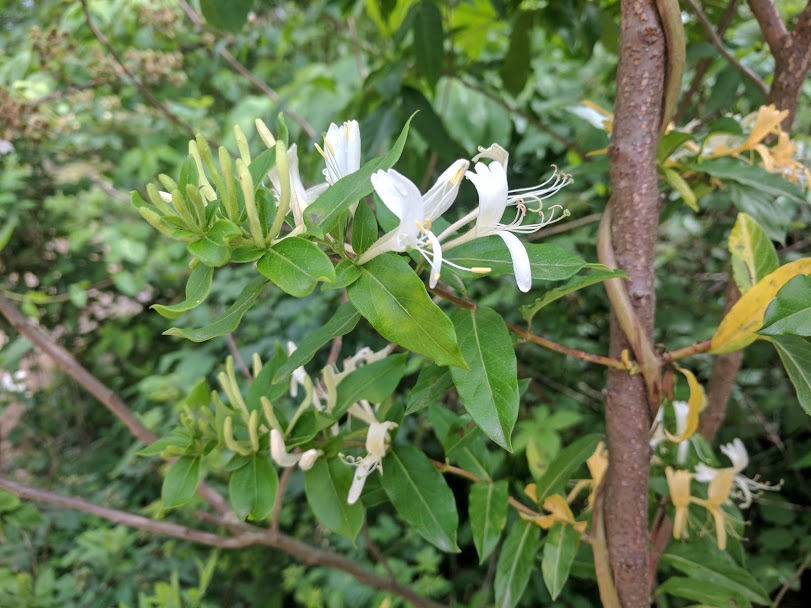
Honeysuckle Medicinal And Edible Parts
Stem
Honeysuckle stems can be broken from the bush and then rubbed onto a bug bite, sting, or skin rash to reduce swelling and help dry up the rash. Any part of the wild healing plant can be used for this purpose, but the stem truly seems to consistently offer both the quickest and best results.
You can also wash and very finely chop up the stem and eat it or use it to make a syrup. Honeysuckle syrup is used to treat a plethora of medical issues, but is perhaps most often made to help treat the symptoms of arthritis, the mumps, and hepatitis.
Flowers
The flowers from the honeysuckle bush are typically the base ingredient for healing syrups and teas. The flowers taste so sweet they are also often used in cake and homemade ice cream recipes.
When removing a honeysuckle flower from the vine, carefully snip the stem as closely as possible from the branch to reduce the risk of nectar dripping out.
Bark
This part of the honeysuckle plant is extremely useful for treating kidney stones, liver problems, diuretic issues, and gout.
Leaves
Honeysuckle leaves are superb additives for natural and homemade skin astringents and mouthwashes. Adding chopped leaves to honeysuckle tea may help boost its ability to soothe a sore throat.
How To Preserve Honeysuckle
The simplest and most expedient way to preserve honeysuckle is by dehydrating it. You can dry the bark, leaves, and flowers of the wild healing plant. I set my common home-use grade dehydrator at 130 degrees for approximately four to six hours. The honeysuckle bits and pieces should be completely dry and brittle before removing them from the dehydrator tray – where they were spread out to allow adequate air flow.
Once the honeysuckle leaves, flowers, and bark are dehydrated, you can vacuum seal them in a bag or Mason jar. To save storage space and prevent waste, use a food processor or blender to finely chop the honeysuckle parts into a fine powder be storing.
Honeysuckle Healing Recipes
Honeysuckle Tea Recipe
Ingredients
- 1 part honeysuckle flowers
- 2 pats water
- Up to 2 pinches of honeysuckle leaves
Instructions
- Crush the honeysuckle flowers just lightly between your fingers to bruise them.
- Put the flowers in a pitcher.
- Pour the water into the pitcher, making sure there is enough to completely cover the honeysuckle flowers (and leaves if you used them) and stir.
- The pitcher must be placed in either the refrigerator or a cool place for a minimum of six hours to allow the honeysuckle flowers and stems to become fully infused with the water. The longer the mixture remains in a cool place the better – I tend to keep a batch refrigerated overnight for best results. You can also try to make a sun tea by placing the pitcher in the sunshine for about four to six hours, depending upon the weather, but in y experience, the honeysuckle holds its healing power best if chilled.
- Strain the honeysuckle leaves and flowers through a coffee filter, cheesecloth, or even a clean piece of cotton fabric.
- You can drink the honeysuckle healing teal cool, cold over ice, or heated as a hot tea. Put a little honey in the hot tea for an even bigger immune system and healing punch.
Honeysuckle Syrup Recipe
Ingredients
- 1 cup of honeysuckle flowers – fresh, reduce by at least half if using dried flowers
- 1 cup of sugar
- 2 cups of water
Instructions
- Place the honeysuckle flower and the water in a small pot.
- Bring the mixture to a boil. Turn the heat back down to simmer as soon as you reach the boiling point.
- Simmer the honeysuckle mixture until the water in the pot has been reduced by about 50 percent.
- Straining the honeysuckle flowers away from the liquid.
- Mix the flower water and sugar together while it is still hot. Keeper stirring until the sugar has dissolved entirely – you can put the pot back on the stove on low heat to meld the sugar in better if necessary.
- Pour the honeysuckle into a Mason jar or similar container with a tight fitting lid.
This recipe typically yields about one pint of honeysuckle syrup. The healing syrup should keep up to six months when refrigerated. Always check for any sign of mold before using preserved honeysuckle syrup.
Not all varieties of honeysuckle are safe to consume because some breeds contain carotenoids and glycosides that can be harmful to young children and provoke a mildly toxic response from adults. The honeysuckle shown in my photos are of the Japanese Honeysuckle variety.
